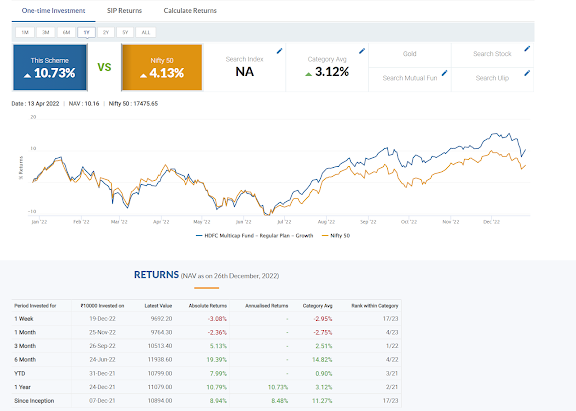Overcoming Home Country Bias - Diversification Beyond India
Hello all,
We all know that diversification is a way to manage certain types of risks (not all types of risks can be diversified, but we will address that issue separately in future).
As an investor, we tend to invest in our home countries. And this is not limited to the investors from India. Indian markets (in terms of market capitalization) represent roughly 2% of the world (share) markets’ total capitalization. But still, on an average, all of us tend to limit our investment within India. While India is a great market to invest in (Even Investopedia agrees), it also means that by only investing in India, we are effectively ignoring 98% of the rest of the investable universe! This phenomenon is called Home Country Bias. It is understandable that people prefer to invest in their home countries as they are “aware of” or are “conversant with” the affairs of the home country and the companies of the same.
One way to overcome this bias is to start investing outside India. When we look outside India, it is obvious that the USA comes at the top of the list of the countries where we can start investing to diversify our international investment. It is the country that is home to famous FAANG (Facebook, Apple, Amazon, Netflix, Google) and FAANG+ and many other such great companies (like Twitter, Tesla etc.). Isn’t it a good idea to invest in these companies to give a ‘kick’ or a ‘variety’ to your portfolio?
One of the best ways to invest in the American economy is to invest in two INDEXES:
S&P 500
Nasdaq 100
Though we can go on discussing about these two in depth, let us keep it short and explore only the most important aspects of these two.
S&P 500 (practically) has 500 companies in its composition and is said to be representing 80% of the American economy. So, in short, if you are sure that American economy (all the sectors in it like IT, Finance, Agriculture and so on) is going to grow, you can invest in S&P 500. It has roughly 27% weightage of the IT companies.
A good aspect of S&P 500 index is that it is very diversified and has no concentration risk. Other thing is, it does mirror the American economy in the most comprehensive manner. In other words, if American markets have 27% weightage of IT companies, in their market cap, S&P 500 experts will make sure that IT has the same weightage in the composition of S&P 500.
Nasdaq 100, on the other hand, has 100 companies (practically speaking), in its composition. The main difference between Nasdaq 100 and S&P 500, apart from the number of companies, is that Nasdaq 100 is having a very heavy weightage of IT companies (FAANG). It is more than 50%. So, in that way, it is like a thematic fund and may suffer from the concentration risk (compared to S&P 500).
But then, as an investor, what do you want? Returns! Yes! Without digging too much into the statistic, let us take a simple chart:
(Source: Nasdaq 100 Versus S&P 500- Which is Better for Investing (etmoney.com))
As you can clearly see, Nasdaq 100 has comprehensively beaten S&P 500 in short, mid and long runs. But please keep two things in mind, before deciding to invest ONLY in NASDAQ 100:
As it is like a thematic fund, with a lot of weightage of IT companies (FAANG), and because these companies have done too well in last decade or so, the returns of Nasdaq 100 are looking better. While these are mostly monopoly companies and are unlikely to get shut in a near future, their valuations can get stretched, which might lead to drop in returns.
Financial sector companies are not included in Nasdaq 100. It means if you invest in Nasdaq 100, you are not investing in the financial sector of USA.
Nasdaq 100 is having a lot of concentration risk. If FAANG companies fail to perform, it will have a direct bearing on the returns of Nasdaq 100.
Overall, I would prefer to invest (whenever I can) in both of these in the ratio of 50-50. No logic. Just an intuitive input. Of course, what suits you is your choice and is also based on your objectives, existing portfolio, your understanding of the American market and risks that come with it.

Comments
Post a Comment